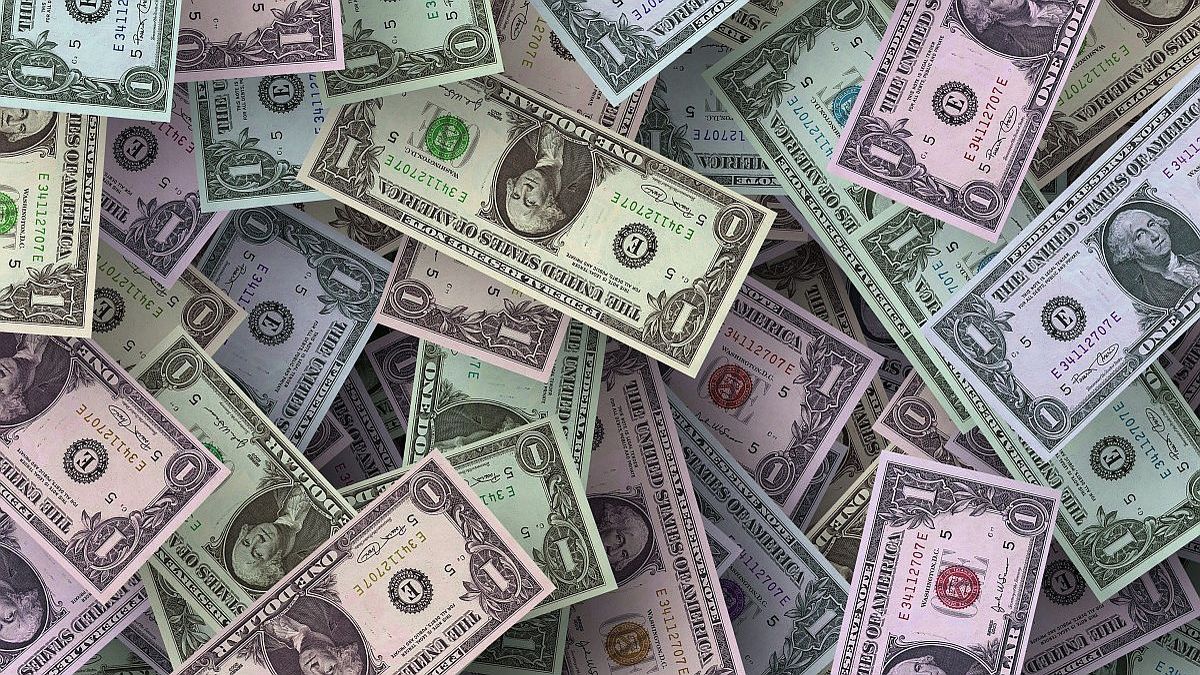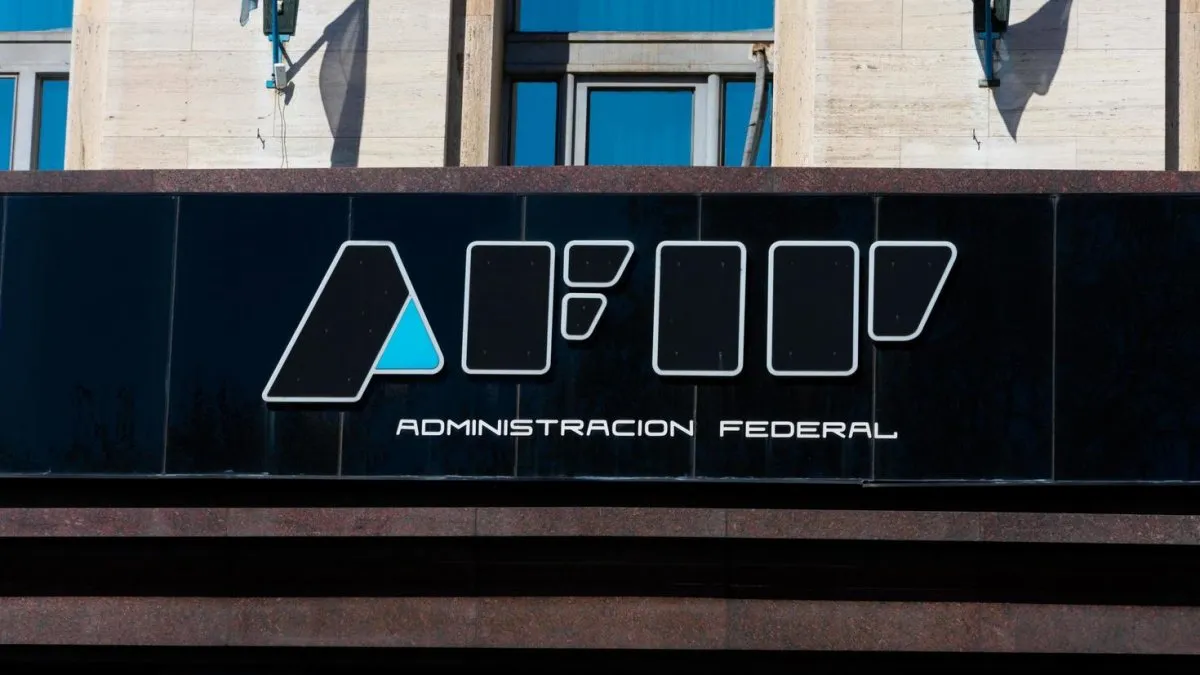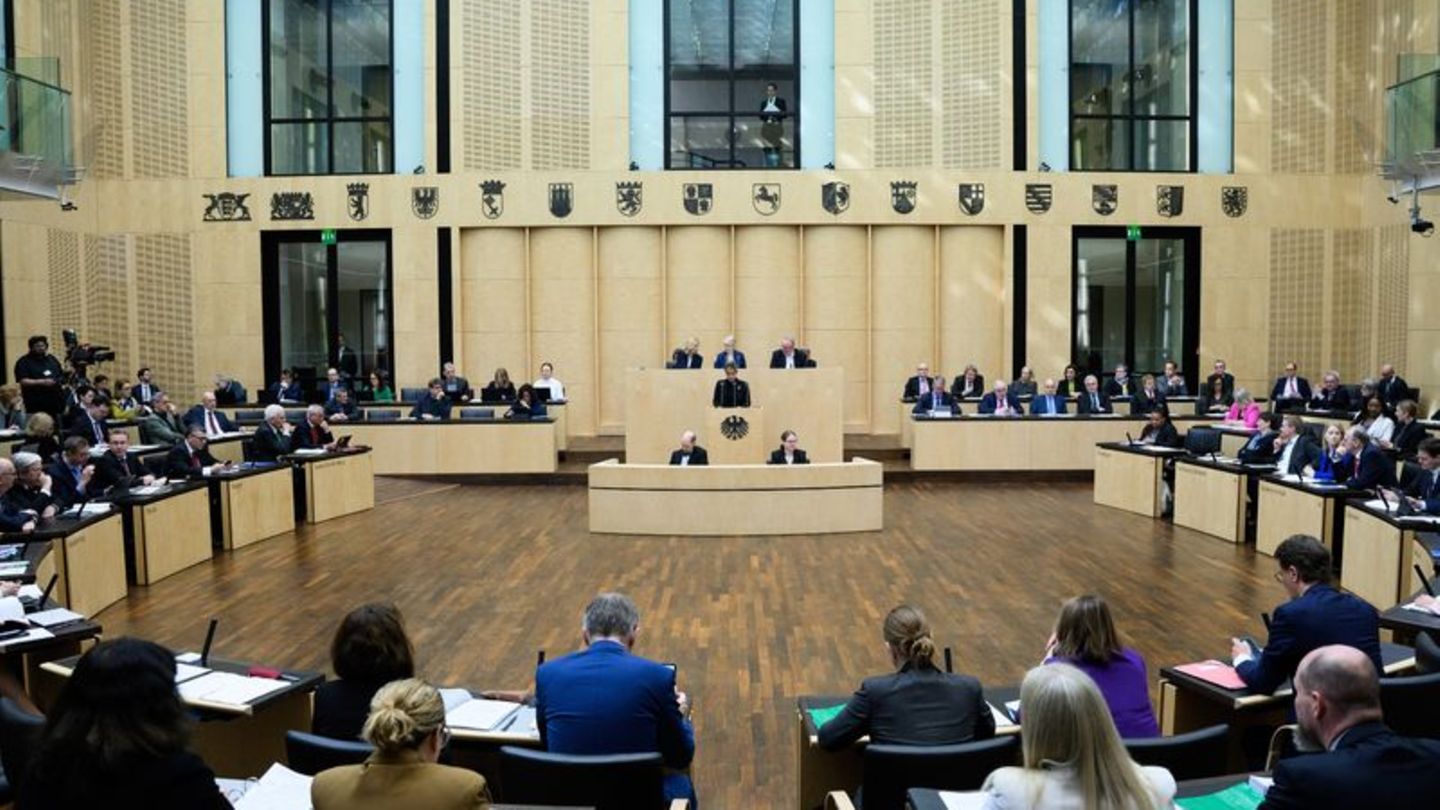For its part, the MEP -also valued with the Global 2030- grew 2.2% to $210.85, after two consecutive falls. Therefore, the spread with the wholesaler directly regulated by the Central Bank (BCRA) rose to 80.4%.
Both exchange rates registered their highest value since April 26 when the CLL closed at $214.11 and the MEP ended at $212.18.
On Thursday, INDEC reported that April inflation was 6%. Although the general index slowed compared to March, what was worrying was that core inflation (which does not take into account seasonal factors or prices regulated by the Government) accelerated to 6.7%.
Thus, in the last 12 months prices jumped 58%, a figure not seen since 1992, when the country was emerging from hyperinflation.
This situation puts pressure on the rest of the fundamental macroeconomic variables. On the one hand, the BCRA has already raised reference interest rates again.
Likewise, the rise in prices, added to the strength of the US currency in the world, forces the monetary authority to carefully monitor the evolution of the exchange rate to prevent the delay from deepening too much and generates a greater search for coverage in alternative markets to the official one.
“Persistently high inflation, negative real rates and a misaligned currency are some of the main macroeconomic challenges facing the authorities”estimated Alberto Ramos, of Goldman Sachs & Co.
Despite the political and economic uncertainty, financial dollars continue to respond with a lateralization at this stageeven though operators recognize that – after the current break – the high nominal value of the economy should once again incline them towards an upward readjustment so as not to continue losing relative ground,” said Gustavo Ber.
official dollar
In this context, the dollar today -without taxes- rose 41 cents this Friday, May 13, to $123.11 for sale, according to the average in the main banks of the financial system, while in the Banco Nación the bill amounts 50 cents to $123 for sale.
The savings dollar or solidarity dollar – which includes 30% of the COUNTRY tax and 35% deductible from profits – advanced 67 cents to $203.10 on average.
The wholesale dollar, which is directly regulated by the BCRA, rose 18 cents to $117.43.
During this week, the wholesale exchange rate advanced $1.13, the second highest weekly correction of the year.
The Central Bank (BCRA) bought US$5 million from the market despite strong demand, after having sold US$100 million in the two previous rounds. In this way, it reduced its positive balance to US$540 million, but it is still the best record of the current year.
The blue dollar registered its second consecutive decline this Friday, May 13, and closed almost at the same level as the solidarity dollar, according to a survey by Ámbito in the Black Market of Foreign Exchange.
The informal dollar fell $1 to $203.50 after falling $1.50 in the previous session. Therefore, it approached the retail exchange rate -with taxes-, which ended the session at $203.13. Thus, the gap with the official wholesale dollar ended at 73.3%.
Source: Ambito
David William is a talented author who has made a name for himself in the world of writing. He is a professional author who writes on a wide range of topics, from general interest to opinion news. David is currently working as a writer at 24 hours worlds where he brings his unique perspective and in-depth research to his articles, making them both informative and engaging.




